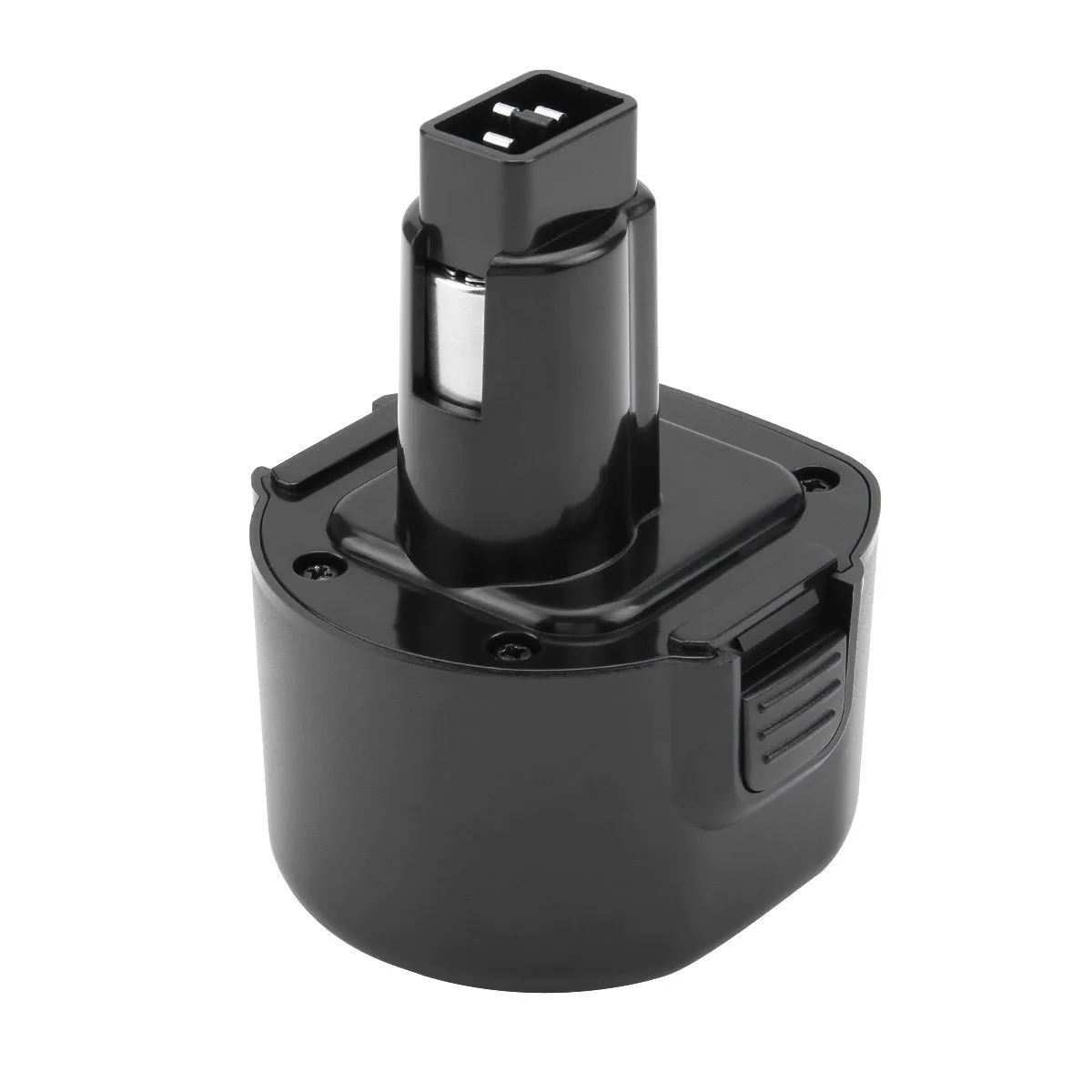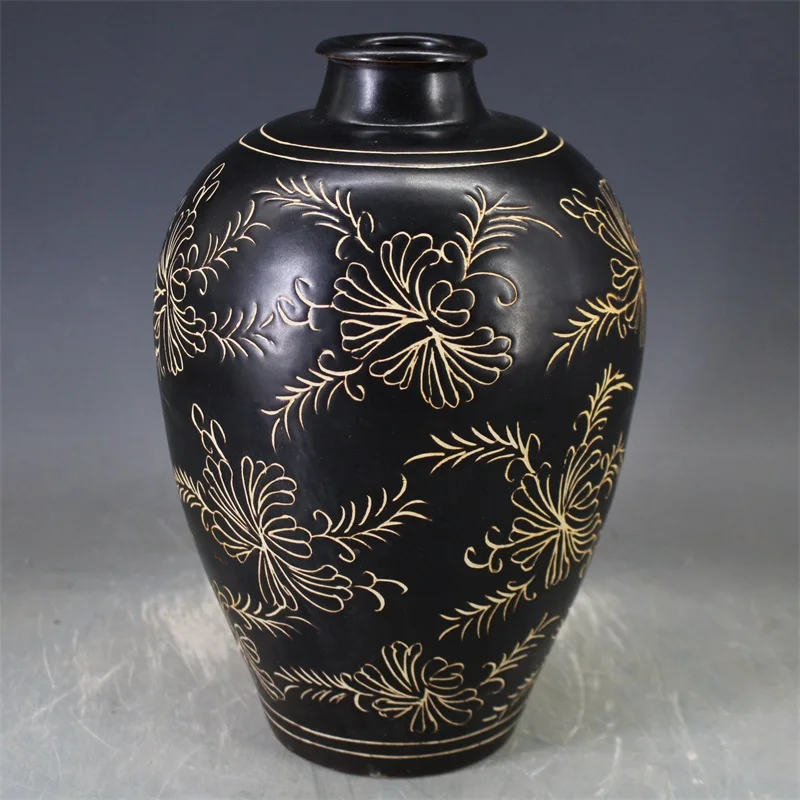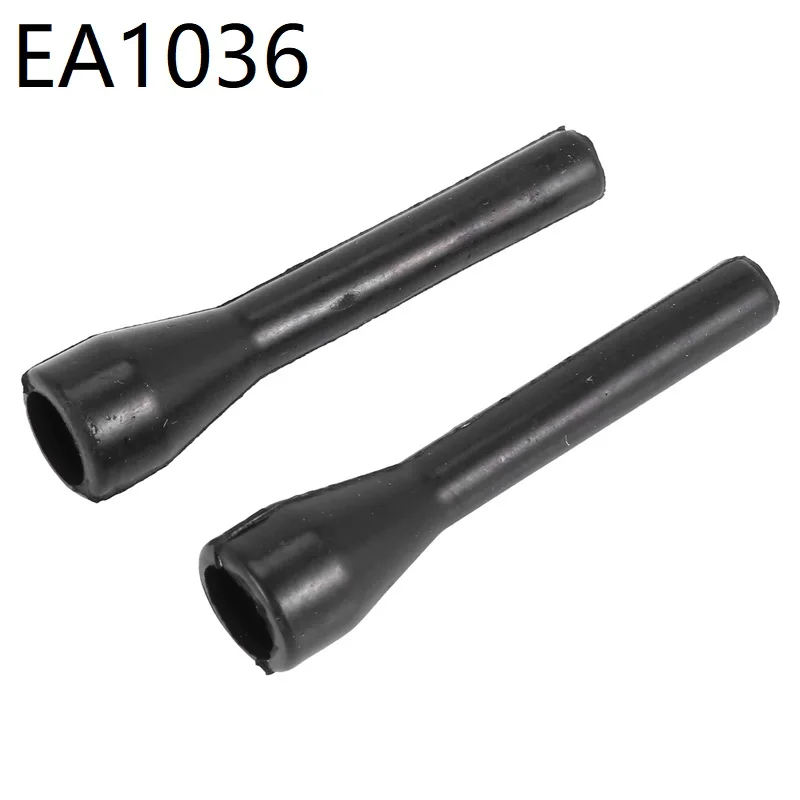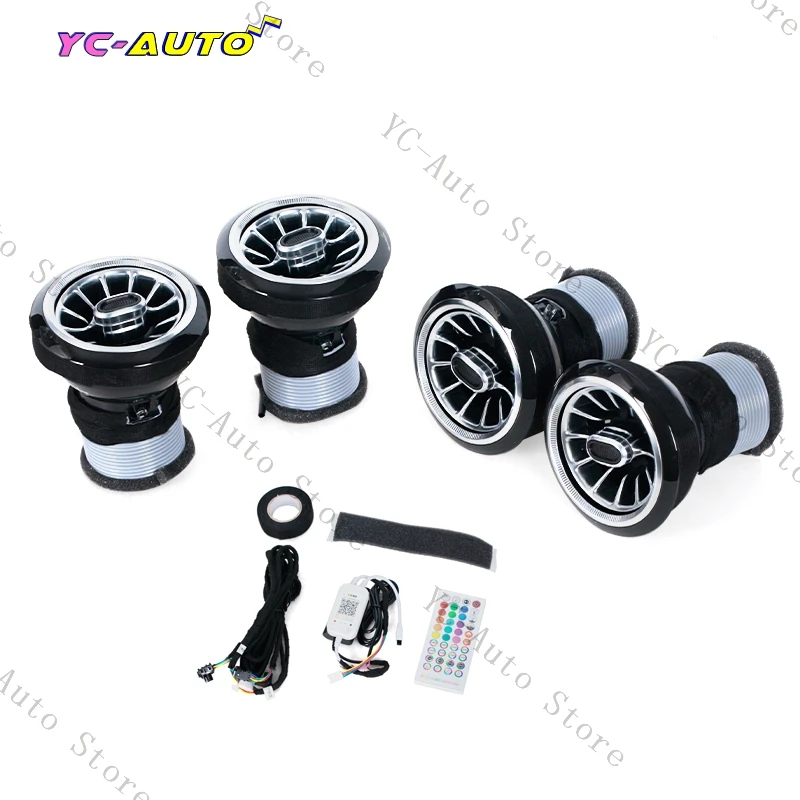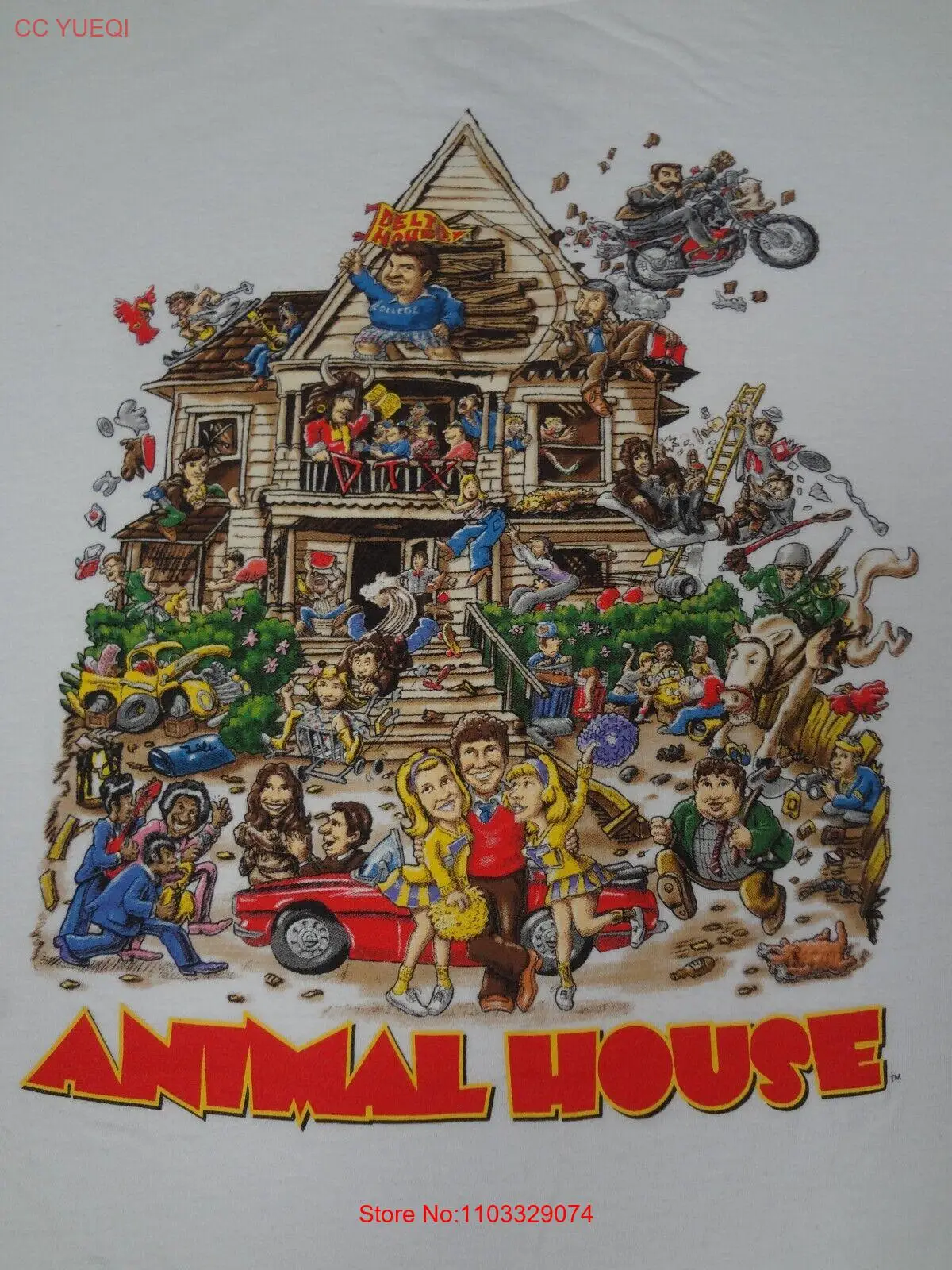Геомембрана подкладка для пруда прокалывания медной
- Категории: Geomembranes >>>
- Поставщик: The,Best,Project,Material,Co.,Ltd.
Поделиться:
Описание и отзывы
Характеристики
HDPE Geomembrane Tailings Pond Liner for Copper Ore Heap Leaching
 Tailings Tailings pond liner is the highly engineered containment system which is designed to minimize the impact of such solid waste as trash and garbage on the environment and human health. BPM tailings pond liner has excellent impermeability, elongation, conformity and welding abilities which can offer stable steep slope lining and strong protection to avoid leakage, stress cracking for waste contamination. The primary purpose of the tailings pond liner system is to isolate the landfill contents from the environment and, therefore, to protect the soil and ground water from pollution originating in the landfill project. The greatest threat to ground water posed by modern landfill project is leachate. Leachate consists of water and water soluble compounds in the refuse that accumulate as water moves through the landfill. This water may be from rainfall or from the waste itself. Leachate may migrate from the landfill and contaminate soil and ground water, thus presenting a risk to human and environmental health.
Tailings Tailings pond liner is the highly engineered containment system which is designed to minimize the impact of such solid waste as trash and garbage on the environment and human health. BPM tailings pond liner has excellent impermeability, elongation, conformity and welding abilities which can offer stable steep slope lining and strong protection to avoid leakage, stress cracking for waste contamination. The primary purpose of the tailings pond liner system is to isolate the landfill contents from the environment and, therefore, to protect the soil and ground water from pollution originating in the landfill project. The greatest threat to ground water posed by modern landfill project is leachate. Leachate consists of water and water soluble compounds in the refuse that accumulate as water moves through the landfill. This water may be from rainfall or from the waste itself. Leachate may migrate from the landfill and contaminate soil and ground water, thus presenting a risk to human and environmental health.
Tailings pond liner system is designed and constructed to create a barrier between the waste and the environment and to drain the leachate to collection and treatment facilities. This is done to prevent the uncontrolled release of leachate into the environment. Society produces many different solid wastes that pose different threats to the environment and to community health. Different disposal sites are available for these different types of waste. The potential threat posed by the waste determines the type of liner system required for each type of landfill. Liners may be described as single (also referred to as simple), composite, or double liners.
 Tailings pond liner Advantages:
Tailings pond liner Advantages:
- Weldable – Tight joint, leakage risk free.
- High elastic – Easy to apply, supper fit for all kinds of structure.
- Anti-aging formula – Excellent UV resistance performance, no extra maintenance needed.
- Puncture Resisting – No additional protection procedure needed during installation, time & cost saving.
- ISO&CE authorized – Reliable quality, keep your project safe and sound.
- Excellent performance to high and low temperature (-40℃ ~ +80℃), UV resistant and anti-corrosion.
| Properties | Test Method | Test Value tailings pond liner | |||||||
| 0.75mm | 1.0mm | 1.25mm | 1.50mm | 2.00mm | 2.5mm | 3.0mm | |||
| Maximum Deviation of thickness | -15% | ||||||||
| Density(min.ave.) | D1505/D792 | 0.940g/cc | |||||||
| Tensile Properties(min.ave) | Yiled Strength; Break Strength | D6693 | 11N/mm | 15N/mm | 18N/mm | 22N/mm | 29N/mm | 37N/mm | 44N/mm |
| 20N/mm | 27N/mm | 33N/mm | 40N/mm | 53N/mm | 67N/mm | 80N/mm | |||
| Yiled Elongation | 12% | ||||||||
| Break Elongation | 700% | ||||||||
| Tear Resistance(min.ave) | D1004 | 93N | 125N | 156N | 187N | 249N | 311N | 374N | |
| Puncture Resistance(min.ave) | D4833 | 240N | 320N | 400N | 480N | 640N | 800N | 960N | |
| Carbon Black Content(range) | D4218 | 2.0-3.0% | |||||||
| Oxidative Induction Time(OIT)(min.ave) Standard OIT | D3895 | 100min | |||||||
| Oven Aging at 85℃ Standard OIT(min.ave.)-% retained after 90 days | D5721 D3895 | 55% | |||||||
| UV Resistance High Pressure OIT(min.ave)-% retained after 1600hrs | D3895 D5885 | 50% | |||||||



BPM had been specialized in delivering one stop hdpe geomembrane and other geosythetics to worldwide customers for over 10 years. In recent years, we had been keeping on investing in technological innovation, manufacturing facilities improvement and turnkey engineering abilities. We had invested 10 million dollars into our manufacturing factory with advanced production lines and optimized manufacturing processes. BPM brand 2mm hdpe geomembrane and other geosythetics and solutions can meet your requirements by our solid technologies and professional staffs.
BPM had provided many types of effective and states of the art 2mm hdpe geomembrane and other geosythetics to over 36 countries. Our main customers are from Australia, France, Sweden, UK, Hong Kong, Hungary, New Zealand, Poland, Mexico, Ecuador, Brazil, Pakistan, Bangladesh, Thailand, Vietnam, Malaysia, Indonesia, Singapore, Philippines, Sri Lanka, India, UAE, Saudi Arabia, Qatar, Kenya, Ghana, Ethiopia, Somalia, Nigeria, South Africa, Swaziland, Mongolia etc.
 Geomembrane Installation Guideline
Geomembrane Installation Guideline
Site Consideration tailings pond liner
Whenever possible,site selection should avoid areas where flooding or ground water pressure can occur.The lining”bottom”should be well above the water table.
If the site selected is in an area where organics are in the soil,or if gases can be generated by chemical reaction,the design must aloow for venting.
Surface Preparation tailings pond liner
Surfaces should be level and free of all sharp rocks(all rocks and stone greater than 0.05diameter),objects,vegetation and stubble.(Soil sterilization may be necessary to kill roots and certain types of grasses.)
The subgrade surface should provide an unyielding foundation for the geomembrane with no sharp or abrupt chanages or break in grade.Proper compaction assures stability and support of the liner.
Groundwater Control
Groundwater should be taken into account and,if present,it will need to be controlled both during and after construction.
One method for controlling groundwater is to develop a drain system under the lining that allows the water to flow laterally under the lining without floating the lining.
Slope
Side slopes should be no steeper than 3:1 when feasible.

Receipt of Liners and Materials
The geomembrane is fabricated into large rolls (at maximum width 7m) to minimum field seaming.
It is recommended that the liners panels’ protective covering not be removed until installation and that any uncovered panels be stored out of direct sunlight.
Anchor Trenches
To secure the edges o the lining in an earthen pit,an”anchor trench” is dug.
Anchor trenches are approx.1.5m away from the pond edge.(standard trench dimensions and depth vary according to project design.)
The trench itself should be free of loose soil and rocks.
Site Structures
Structures,piping,concrete,drains,and any associated work should be completed prior to lining installation.
Liner Deployment
The roll is raised by a loader,forklift,or other lifting equipment,and then unrolled in one direction,and unfolded in the other direction.
Panel Placement
Take time when unloading and placing rolls of lining to avoid damage.Verify the location of a panel or sheet before unrolling and placement to avoid improper alignment.
Sandbags are required to keep the panels in place during installation,exposed or covered.
Care should be taken to avoid wrinkles in the seam areas and around mechanical attachment.
(Note:It takes considerable manpower to deploy a liner.It is “pulled” but not stretched.Minor wrinkles insure the liner is installed in a relaxed condition.)

Field Seaming landfill geomembrane
When the lining material is High density polyethylene ,the most commonly used process is heat fusion welding,which can be done with hot air or hot wedge.

Pipe Boots
A pipe boot is a method of sealing the liner system to necessary pipes that penetrates the lining system.
Design Notes
Disclaimer:These guidelines are for information purposes only and are intended as illustration or general information only and are not intended as a guarantee or warranty.
BPM Corporation assumes no responsibilities in connection with the use of this information.


- Nonwoven Geotextile landfill liner material
Range from 120gsm to 1000gsm
Material in PP or PET Nonwoven facbric.
- Geonet Geocomposite Liner landfill liner material
Range from 5.0mm to 8.0mm thickness.
Material in Geonet heat bonded by geotextile in one or double sides.
BPM supply different welding machine satisfying clients' different application.


Cell/Whatsapp:+86 150 6417 8771
Skype:amandaflying1014
Email:amanda(at)hdpetgm.com

















